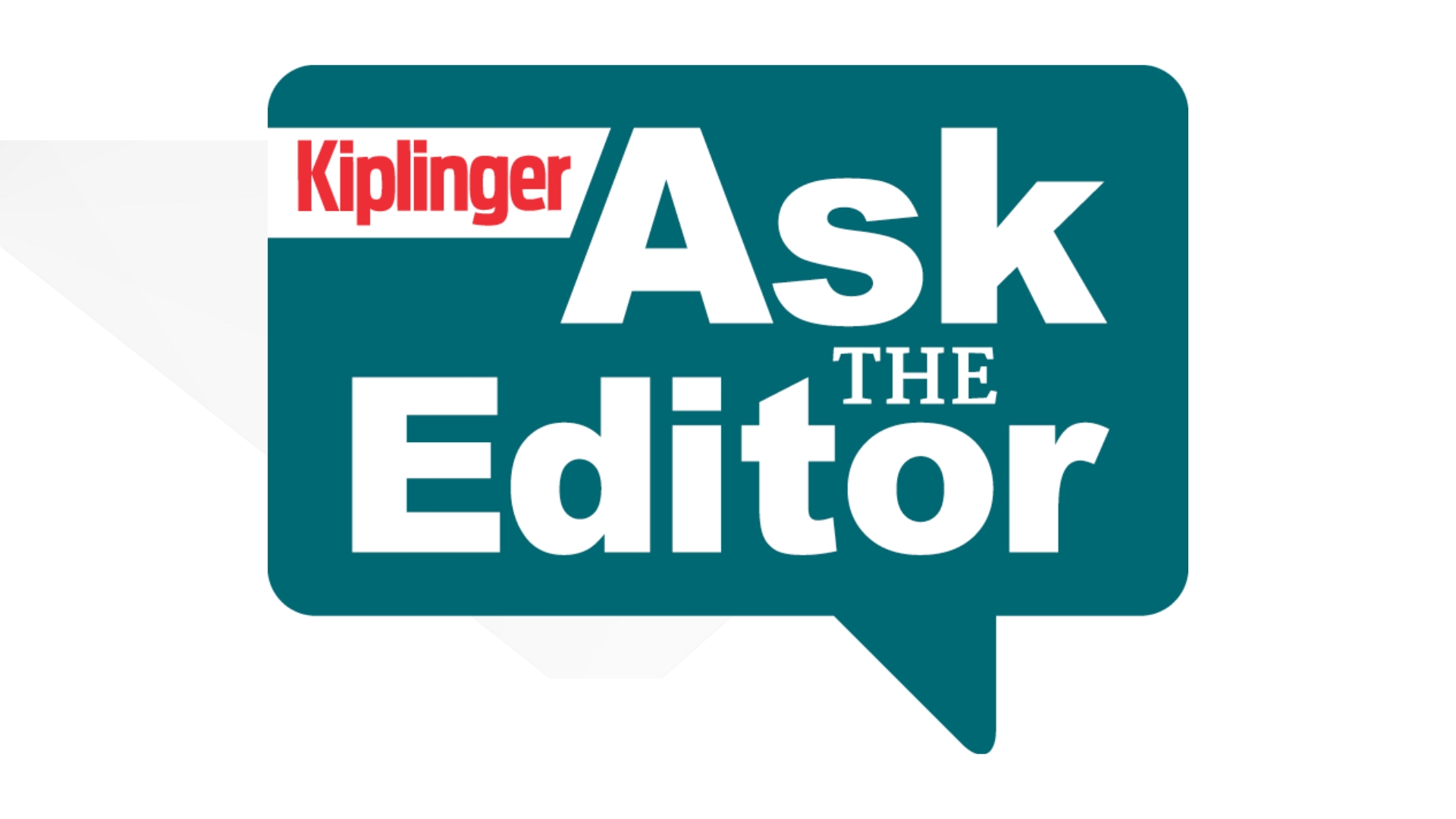5 Strategies for Tax Planning Now and in Retirement
Tax planning is one of the best things you can do to keep more money in your pocket in retirement. There are specific things to consider when planning for your taxes in the future.


Long-term tax planning is one of the best things you can do to boost your income in retirement, however, it’s often overlooked. To change that, when thinking about tax planning, choose to think of it as tax saving instead.
Here are some moves you can make now and in retirement to better control how much money you owe come tax time.

To Save on Taxes Now, Lower Your Taxable Income
When you contribute to a 401(k) or traditional IRA, you are reducing your taxable income for the year. The money you put into these accounts also grows tax deferred until you withdraw it in retirement. It's not too late to reduce your tax bill for 2020; IRAs are unique in that you have until April 15 of this year to contribute and reduce your taxable income for 2020.
Besides the tax benefits you receive now, maxing out your contributions is an important part of increasing your retirement security. You can put away up to $19,500 in your 401(k) in 2020 and up to $6,000 in your IRA (and those limits are the same for 2021 as well).
If you are 50 and older, take advantage of catch-up contributions. You can save an additional $6,500 in your 401(k) and an extra $1,000 in an IRA. You should be taking a close look at your retirement accounts when you’re 50 years old to determine if you’re on track to meet your savings goals.

To Save on Taxes in the Future, Diversify Your Tax Liability
When looking at your retirement savings, it’s important to consider the types of accounts you’re saving and investing in. Tax-deferred accounts, like your 401(k) and traditional IRA, offer tax advantages now. You contribute money before taxes, but you will owe the IRS when you take money out in retirement.
Tax-exempt accounts, like a Roth IRA or Roth 401(k), offer tax advantages in the future. Your money is taxed before you contribute to the account, but you can withdraw it tax-free in retirement. Thanks to our historically low tax environment right now, we are focusing on converting clients’ traditional IRAs to Roth IRAs. You’ll pay taxes when converting to a Roth, which is why some people like to do a partial conversion. This means they are only moving as much money as they’re able to pay taxes on this year and moving more money next year.
Taxable accounts include your brokerage and savings accounts. You are taxed on the interest you earn and on any dividends or gains. Investment accounts are an important part of your overall financial plan, especially during your working years as you grow and accumulate your savings for retirement.
How much you contribute to your retirement accounts during your working years and the types of accounts you contribute to will impact how much you pay in taxes both now and in retirement. Diversifying your savings and investment accounts will help you better control your tax situation in retirement; you gain more flexibility on how much you withdraw and from which account.

Give to Charity
The Tax Cuts and Jobs Act nearly doubled the standard deduction. As a result, fewer people are itemizing their taxes. With proper tax planning, there are new ways to donate to charity and still reap a reward. One strategy to consider is giving to donor-advised funds. Your contributions are invested and grow tax-free until you choose to donate to a qualified charity. Depending on your situation, contributing to a donor-advised fund could help you exceed the standard deduction, allowing you to itemize your deductions at tax time.
You may also consider using the bunching strategy. Instead of giving to charity every year, you can save your donations and give twice as much every other year. Let’s say you donate $10,000 to charity every year. If you started bunching this year, you will wait to make that donation and take the standard deduction on your taxes. Next year, you’ll donate $20,000 ($10,000 for 2021 and the $10,000 for 2022) and itemize your taxes that year. Bunching may or may not work for your personal situation, depending on how much you plan to donate and how close you are to having enough deductions to exceed the threshold for the standard deduction.
Bunching may also play in your favor if you’re donating to a donor-advised fund. Consider front-loading two years’ worth of donations and contributing to a donor-advised fund this year. Take as many itemized deductions as you can this year, and take the standard deduction next year. Talk with your financial adviser and your tax professional to find a strategy that works best for you.

Plan for RMDs
Retirees need to take required minimum distributions (or RMDs) and pay taxes on that money starting at age 72. Some retirees don’t need the money from their RMDs and others don’t want to count the withdrawals toward their earned income for the year as it may bump them into a higher tax bracket. Qualified charitable distributions allow you to deduct your RMDs on your tax return if you give that money to charity. The money is transferred untaxed straight from your IRA to a qualifying charity, including non-profits and religious organizations. You must transfer the money directly to avoid paying taxes on the withdrawal; if you withdraw the money first and then write a check to a charity, you will owe the IRS.
Many retirees are unsure how much money they need to withdraw and when they need to withdraw it. It’s important to have a strategy for your RMDs well before your 72nd birthday. A financial adviser can help you plan for your RMDs so you don’t miss the deadline and pay a penalty.

Meet with a Financial Adviser
It’s never too early to meet with a financial adviser. He or she will help you decide which types of accounts to save and invest in and can help set savings goals to keep you on track. If you’re five to 10 years away from retirement and haven’t met with a financial adviser, this is the time to get serious about planning. A comprehensive plan will take into account taxes, Social Security, health care and estate planning.
Get Kiplinger Today newsletter — free
Profit and prosper with the best of Kiplinger's advice on investing, taxes, retirement, personal finance and much more. Delivered daily. Enter your email in the box and click Sign Me Up.

Tony Drake is a CERTIFIED FINANCIAL PLANNER™ and the founder and CEO of Drake & Associates in Waukesha, Wis. Tony is an Investment Adviser Representative and has helped clients prepare for retirement for more than a decade. He hosts The Retirement Ready Radio Show on WTMJ Radio each week and is featured regularly on TV stations in Milwaukee. Tony is passionate about building strong relationships with his clients so he can help them build a strong plan for their retirement.
-
 The AI Doctor Coming to Read Your Test Results
The AI Doctor Coming to Read Your Test ResultsThe Kiplinger Letter There’s big opportunity for AI tools that analyze CAT scans, MRIs and other medical images. But there are also big challenges that human clinicians and tech companies will have to overcome.
By John Miley Published
-
 The Best Places for LGBTQ People to Retire Abroad
The Best Places for LGBTQ People to Retire AbroadLGBTQ people can safely retire abroad, but they must know a country’s laws and level of support — going beyond the usual retirement considerations.
By Drew Limsky Published
-
 Financial Planning's Paradox: Balancing Riches and True Wealth
Financial Planning's Paradox: Balancing Riches and True WealthWhile enough money is important for financial security, it does not guarantee fulfillment. How can retirees and financial advisers keep their eye on the ball?
By Richard P. Himmer, PhD Published
-
 A Confident Retirement Starts With These Four Strategies
A Confident Retirement Starts With These Four StrategiesWork your way around income gaps, tax gaffes and Social Security insecurity with some thoughtful planning and analysis.
By Nick Bare, CFP® Published
-
 Should You Still Wait Until 70 to Claim Social Security?
Should You Still Wait Until 70 to Claim Social Security?Delaying Social Security until age 70 will increase your benefits. But with shortages ahead, and talk of cuts, is there a case for claiming sooner?
By Evan T. Beach, CFP®, AWMA® Published
-
 Retirement Planning for Couples: How to Plan to Be So Happy Together
Retirement Planning for Couples: How to Plan to Be So Happy TogetherPlanning for retirement as a couple is a team sport that takes open communication, thoughtful planning and a solid financial strategy.
By Andrew Rosen, CFP®, CEP Published
-
 Market Turmoil: What History Tells Us About Current Volatility
Market Turmoil: What History Tells Us About Current VolatilityThis up-and-down uncertainty is nerve-racking, but a look back at previous downturns shows that the markets are resilient. Here's how to ride out the turmoil.
By Michael Aloi, CFP® Published
-
 Ask the Editor: Taxes, April 11, 2025
Ask the Editor: Taxes, April 11, 2025Ask the Editor In our Ask the Editor series, Joy Taylor, The Kiplinger Tax Letter Editor, answers questions related to IRAs and other retirement accounts.
By Joy Taylor Published
-
 Could You Retire at 59½? Five Considerations
Could You Retire at 59½? Five ConsiderationsWhile some people think they should wait until they're 65 or older to retire, retiring at 59½ could be one of the best decisions for your quality of life.
By Joe F. Schmitz Jr., CFP®, ChFC® Published
-
 Home Insurance: How to Cut Costs Without Losing Coverage
Home Insurance: How to Cut Costs Without Losing CoverageNatural disasters are causing home insurance premiums to soar, but don't risk dropping your coverage completely when there are ways to keep costs down.
By Jared Elson, Investment Adviser Published
